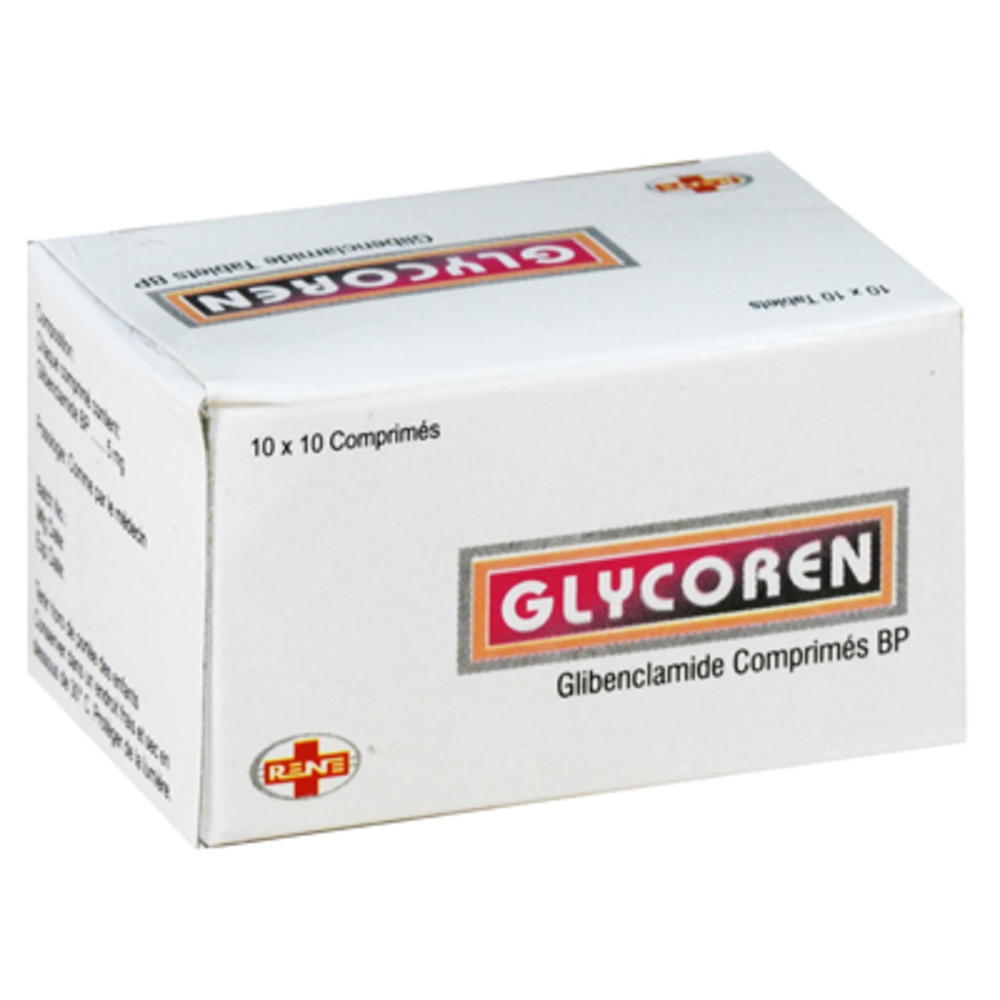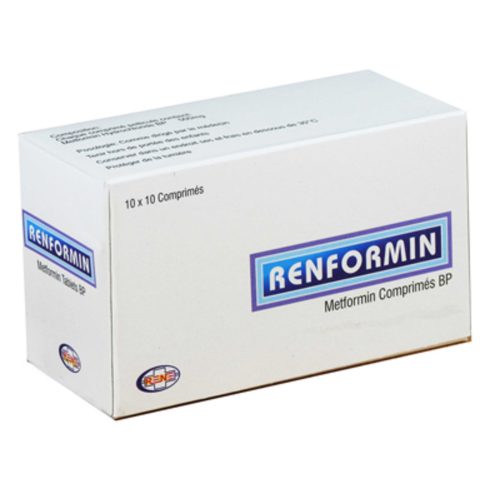GLYCOREN
Glibenclamide is a potent oral sulphonylurea hypoglycaemic agent. It lowers blood glucose concentration in diabetic and non-diabetic patients by stimulating the release of insulin from the pancreas which requires functioning beta cells.
Presentation
Blister pack of 10×10’s tablets
Description
Indications:
Glibenclamide is used as an adjunct in patients with non-insulin dependent diabetes mellitus (type II).
Pharmacological class
Antidiabetic agent
Pharmacological property
Hypoglycemia
Mechanism of Action
It lowers blood glucose concentration in diabetic and non-diabetic patients by stimulating the release of insulin from the pancreas which requires functioning beta cells.
Side effects
Disturbances of the gut such as diarrhoea, constipation, nausea, vomiting or abdominal pain, Low blood glucose level (hypoglycaemia), temporary visual disturbances at start of treatment, weight gain, allergic skin rashes, disturbance in liver function, inflammation of the liver (hepatitis), Cholestatic jaundice, disturbances in the normal numbers of blood cells in the blood.
Contraindications
In the presence of severe hepatic or renal impairment; Glibenclamide is also contra-indicated in patients with known hypersensitivity or allergy to the drug, Pregnancy, Patients with ketoacidosis or diabetic coma, Trauma or surgery and severe infection
Drug interactions
The hypoglycaemic action of glibenclamide may be potentiated by ACE inhibitors, aminosalicylic acid, anabolic steroids and ß-receptor blockers, potentiation or attenuation of the blood sugar lowering effect of glibenclamide has been observed during concomitant therapy with H2-receptor antagonists, antiacids may increase the absorption of all the sulfonylureas and hence produce higher peak concentrations of the drugs and a risk of temporary hypoglycaemia, Intolerance to alcohol may occur. Excessive alcohol ingestion by people who drink occasionally may attenuate the hypoglycaemic effect of glibenclamide or dangerously potentiate it by delaying its metabolic inactivation.



